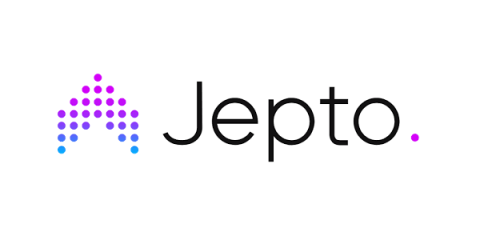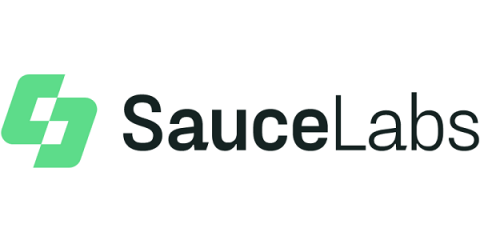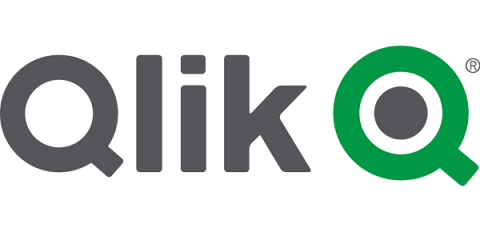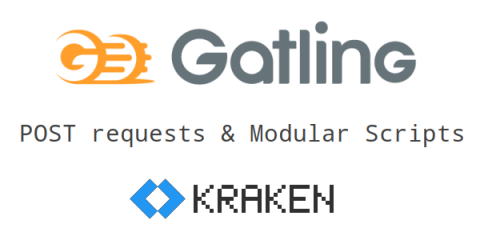Tools Which can help You Manage and Market Your Website
Nowadays, having no strong internet presence means people not knowing about your brand. Fortunately, there are numerous online business tools available, which could help you set up and manage your website. From the design, website development to social media and everything in between managing your online presence is paramount. Having an internet presence means reinforcing your brand, boosting your marketing endeavor, and most of all help connect with customers.











